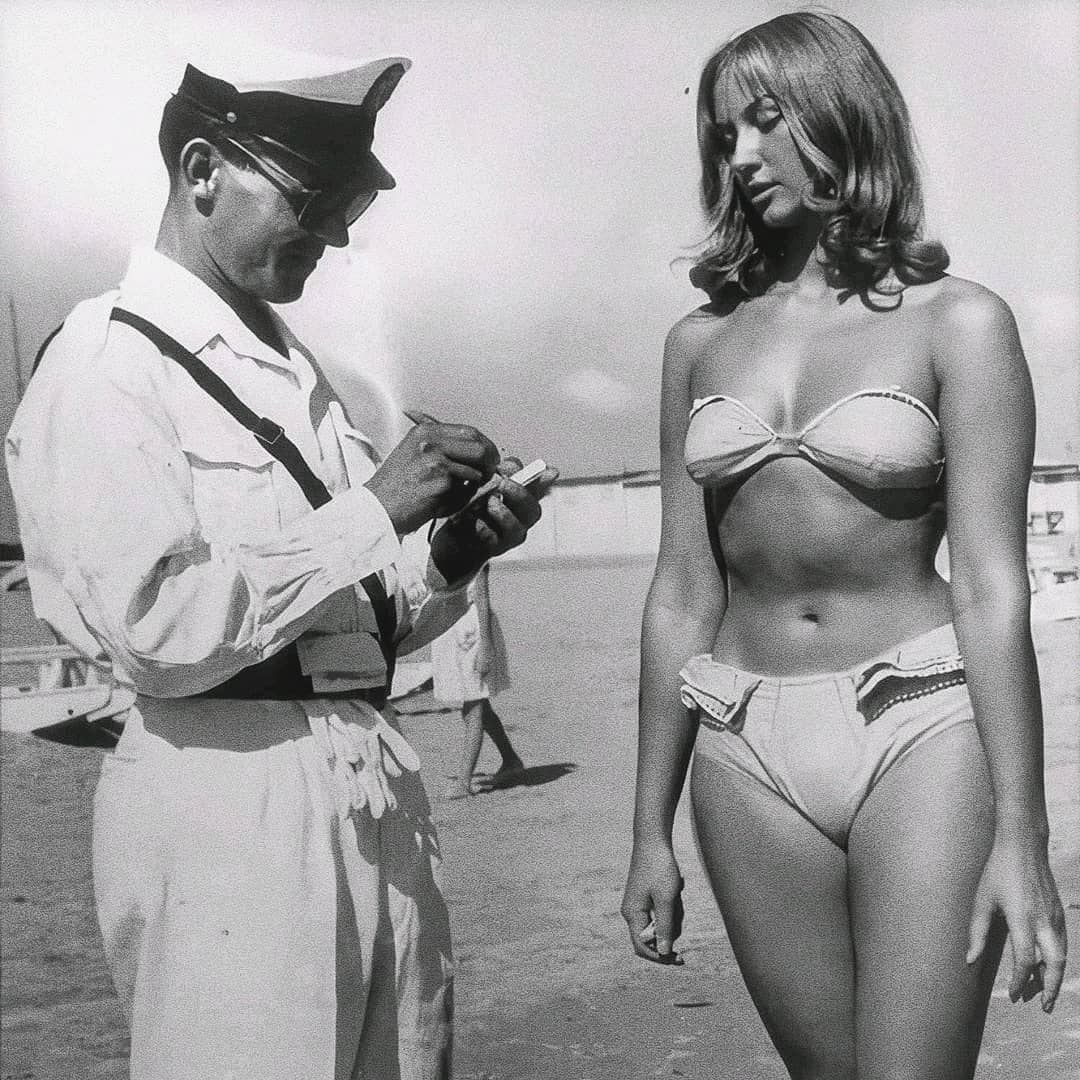When we go to a beach, we are accustomed to seeing women in bikinis. They are a normal part of beachwear but it wasn’t always that way.
For many years, women who dared to wear bikinis would risk the ire of others who were at the beach that day. They wanted the freedom to be able to wear less clothing when they were out on the beach, but their freedoms were limited in many cases.
There were women, however, who stepped up and paved the way for the swimsuits that we see on the beach today. They may not have been the same as they are now, but they were bikinis nonetheless.

Back at the turn of the 20th century, swimsuits for women were very different than what we see at the beach now. They were full-body garments made from wool that would protect the swimmers from the sun. They were also considered very modest.
Dress codes were very strict back in the early 1900s, and it was written in a book on pop culture of those days, saying that tailors were even hired to make adjustments on the spot if a swimsuit was too revealing. The same is also true in other areas.
Back in the early 1900s, both men and women were expected to wear suits that covered everything from the neck to the knees. If there was exposed skin, it could create a scandal.

Annette Kellerman, a swimmer from Australia was going to change things in 1907. She challenged what was considered normal by wearing a one piece suit that revealed her neck, legs, and arms. They nicknamed her ‘The Australian Mermaid’ because of her swimming skills and she challenged the way swimsuits were to be worn.
She even said that she was arrested for wearing an outfit that police considered to be indecent but it has not been confirmed. Undoubtedly, her daring to wear these immodest clothing choices to the beach paved the way for change.
In the 1920s, flappers were in style and it had more to do with just what you wore in the evenings, it began showing up on the beach as well. In California, women started showing up on the beach in swimwear that they could actually swim in.
In 1946, the bikini was officially born. It was designed by Louis Réard, a French engineer and was a two-piece swimsuit that exposed the naval and a lot of skin. Before it was introduced in the US, a nuclear test was conducted at Bikini Atoll.
Louis Réard never said why he called the swimsuit a bikini but many thought that it was named after the explosion and he was hoping that it would have an explosive impact. Others said the name had to do with the Pacific and the exotic appeal of it.

Many beaches banned the bikini immediately and thought that it was a rebellious option for swimwear. They continue to be banned until the 1970s in many areas.
Pope Pius XII said that the bikini was sinful and a number of countries enforced bans on the swimsuit. This also led to 1952, in which Australian model Ann Ferguson had to leave the beach at Surfers Paradise because of the bikini she wore.
One Italian photograph has also stood the test of time and is often looked at as proof positive that there was a debate going on. It’s a black-and-white image, showing a man in a white uniform writing what looks to be a ticket to a young woman in a bikini on the beach.

It has long been said that she was in trouble for wearing a bikini but it has yet to be proven. The photo, however, is authentic.
Hollywood also had an influence in the 1960s, when bikinis began to be popular forms of swimwear. Even though they showed up on the screen and at the beach during that time, there was still some controversy surrounding it. In some cases, two-piece outfits were allowed but the naval was not allowed to be shown.
Today, swimwear is not about societal norms. Rather, it is all about choice and there are still modest one-piece swimsuits available but string bikinis and thongs are also popular these days.
I guess you can’t stop change.









